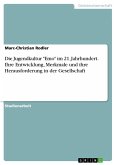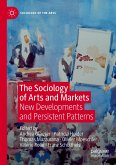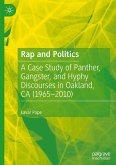Essay from the year 2015 in the subject Sociology - Media, Art, Music, grade: 1.0, Queen's University Belfast (School of History and Anthropology), course: Social Anthropology, language: English, abstract: Considering the integral role that popular music plays within contemporary culture, its capacity for cultural commentary and even change must not be underestimated. In this essay I will critically analyse the extent to which popular music can serve as an instigator and catalyst for social critique, and more importantly, resistance. As a result, I intend to propose that popular music only serves as an effective means of resistance when it involves interplay between both dominant and subordinate cultural groups in order to retain or change social order. To do so effectively, I will be incorporating case studies from three distinct musical genres and eras, whilst complimenting these with theoretical and academic literature regarding resistance, and inevitably, notions of power. The three musical categories I wish to integrate into this discussion are jazz, rap, and punk rock, and the central pieces of academic literature that will be explored alongside these include Scott's (1990) theory of "hidden transcripts", and Foucault's (1980) concepts of power. General insights into popular music and culture will also be interwoven throughout, including the works of Cihordariu (2011) and Fabian (1998).








